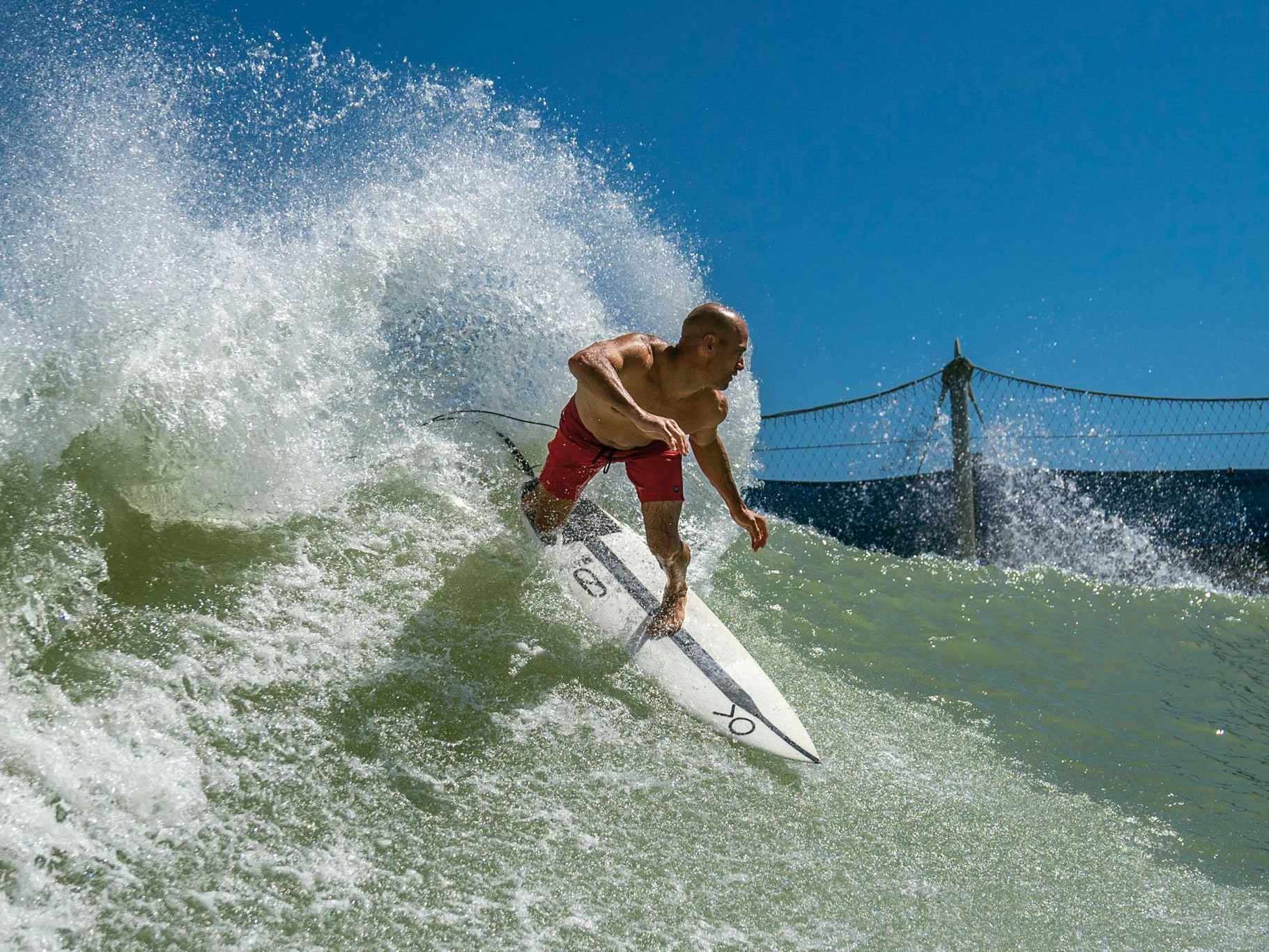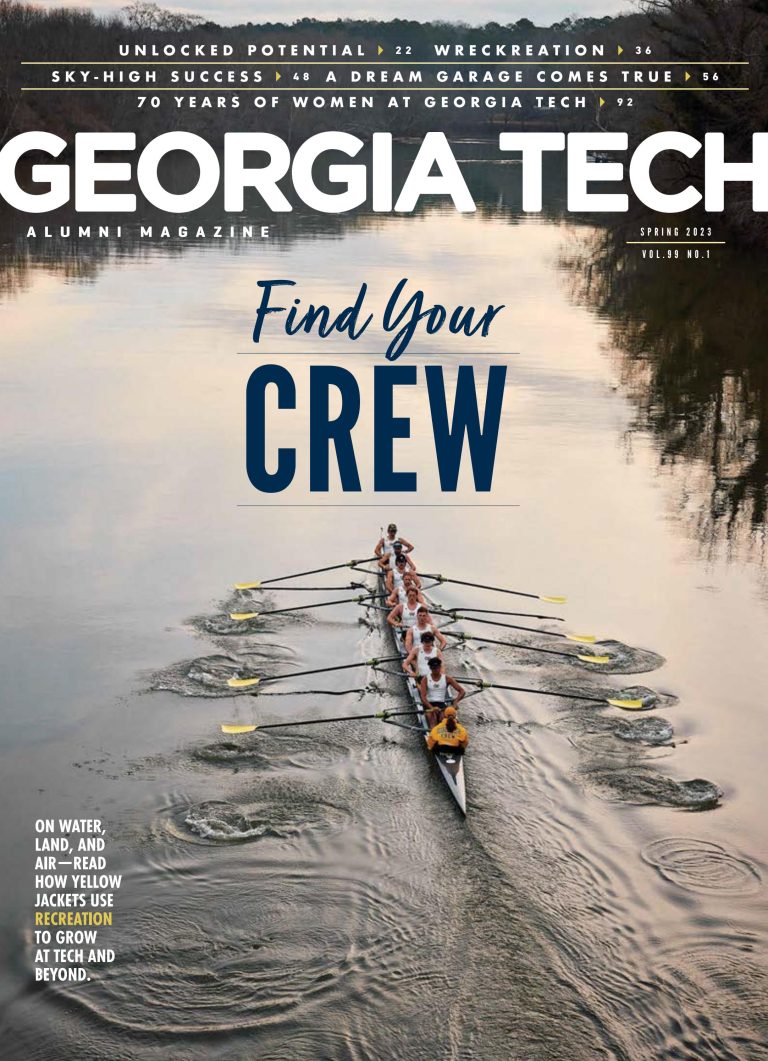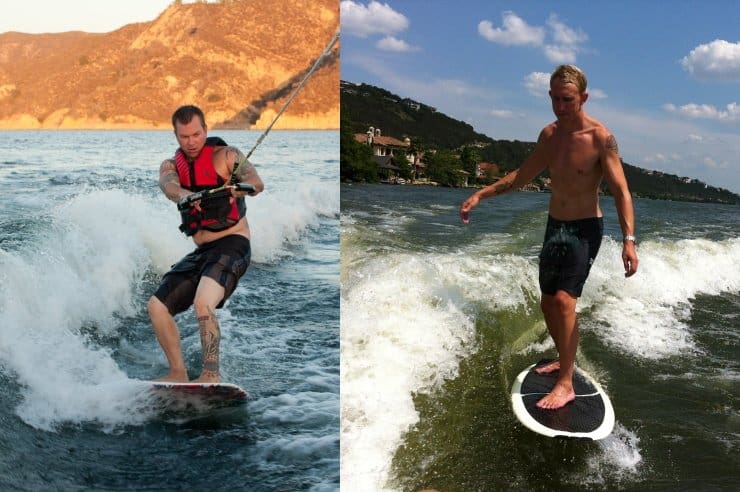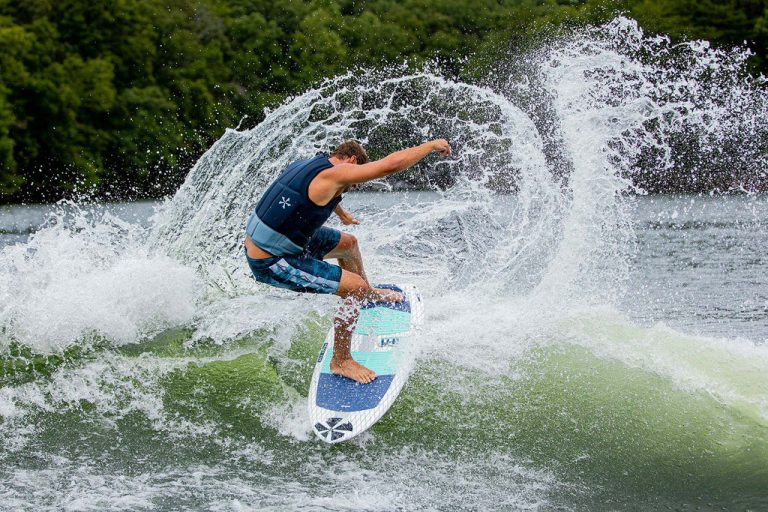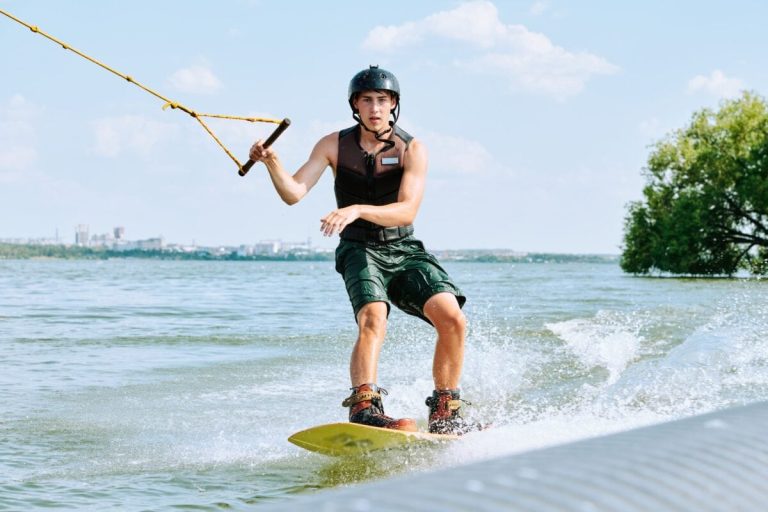Is WakeSurfing Harder Than Surfing?
Wake surfing is generally considered easier than real surfing due to the nature of the sport. Wake surfing is a relatively new water sport that has gained popularity in recent years.
A common question many ask is whether wake surfing is harder than real surfing. Wake surfing takes place behind a boat where the rider surfs the boat’s wake without being pulled by a rope. In contrast, real surfing requires paddling and catching waves in the ocean.
While both sports have their unique challenges and require skill, wake surfing is generally considered easier than real surfing. In wake surfing, the wave is consistent and predictable, making it easier for beginners to learn. On the other hand, real surfing requires more physical exertion, balance, and timing to catch and ride waves. In this article, we’ll explore the similarities and differences between wake surfing and real surfing and examine why wake surfing is often seen as a more accessible option for beginners.
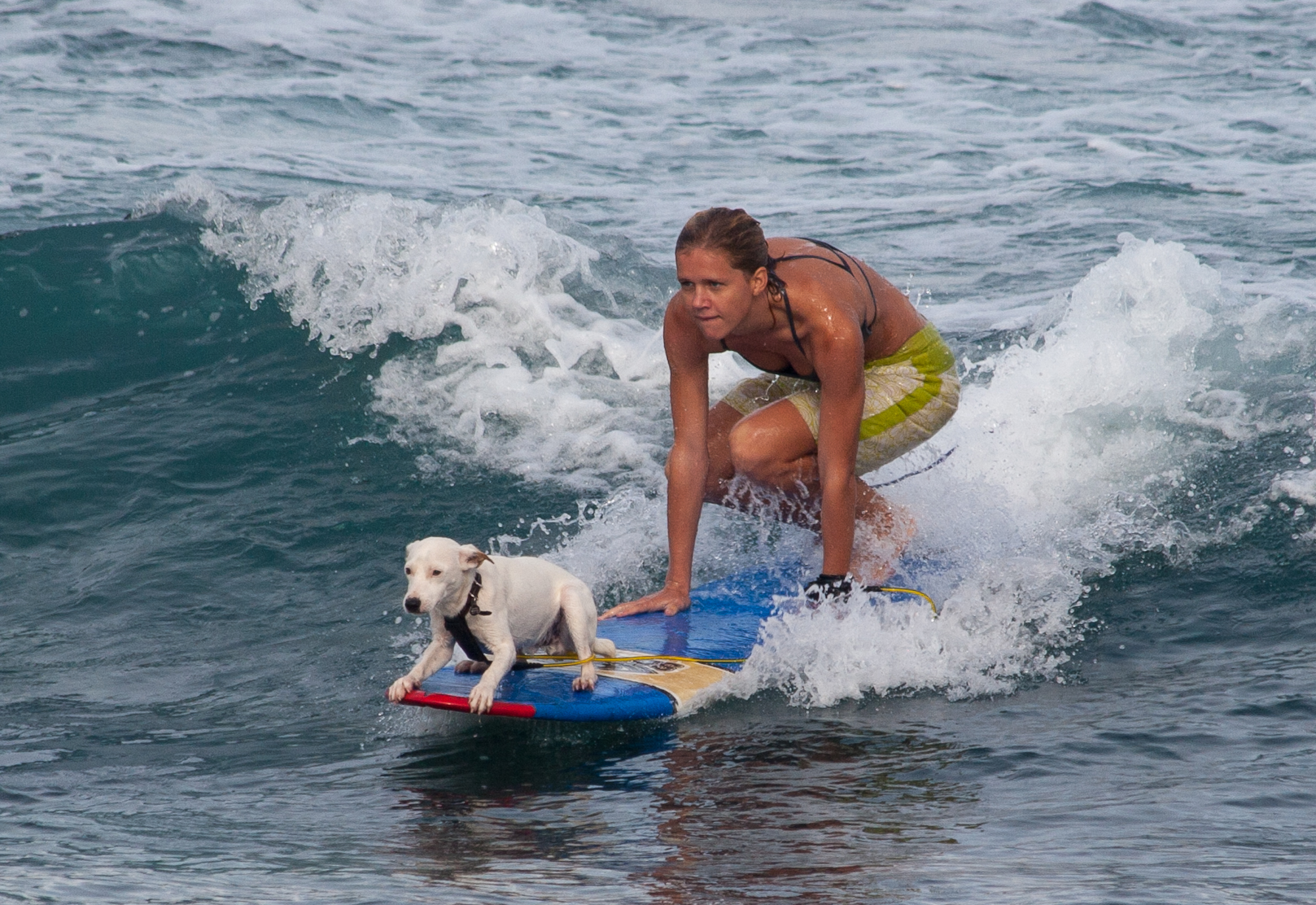
Credit: en.wikipedia.org
Understanding Wake Surfing
Wake surfing is a water sport that involves riding a wave produced by a boat. Unlike traditional surfing, this sport allows you to ride the wave continuously, without having to paddle constantly to catch the wave. Simply put, wake surfing is surfing behind a boat on a smaller, slower wave.
Its history dates back to the early 1950s, but it wasn’t until the early 2000s that it really took off in popularity. One advantage of wake surfing is that it allows riders to learn and progress without the hazards of open ocean surfing.
Some even argue that it’s easier than traditional surfing because you have more control over the wave. However, it does require a certain level of skill and balance, so it’s up to you to decide which one reigns supreme.
Understanding Actual Surfing
Surfing can be defined as riding waves on a board or other device. It originated in ancient polynesian culture but has grown in popularity worldwide. Actual surfing requires a certain amount of skill, strength, and endurance. It’s a strenuous activity that requires dedication and practice to master.
Actual surfing has many benefits, including building endurance and strength, improving balance and coordination, and reducing stress. It’s a great activity for people who love the outdoors and enjoy a good challenge. Wake surfing, on the other hand, is less physically demanding and can be easier for beginners to learn.
However, it doesn’t provide the same rush and excitement that comes with actual surfing. Both types of surfing offer unique challenges and rewards, but actual surfing is generally considered to be the more difficult of the two.
Wake Surfing Vs Actual Surfing: Key Differences
Wake surfing and actual surfing have similarities and differences. Both require equipment like boards and fins, and both use techniques like balance and positioning. However, wake surfing is done behind a boat with a rope to start, while actual surfing requires paddling out to waves.
Wake surfers ride within the wake and not on the face of a wave, which makes it easier to stay up. Actual surfing has difficulty in getting past waves and finding the right position, however, wake surfing has difficulty in understanding the wake and boat speed.
Both require experience and practice, but ultimately, which one is harder depends on personal preference and skill set.
Challenges In Wake Surfing
Wake surfing can be an exhilarating and challenging activity. Weather plays a significant role in wake surfing, as wind and wave conditions can make it more challenging. Being in good physical condition is key to avoiding potential injuries while wake surfing.
Safety precautions, such as wearing a life jacket and having an experienced driver, are crucial in ensuring a positive wake surfing experience. While wake surfing may have some similarities to real surfing, it presents its own set of unique challenges.
Whether you are an experienced surfer or new to the sport, wake surfing can be a fun and rewarding experience that requires practice and patience.
Frequently Asked Questions For Is Wake Surfing Harder Than Real Surfing?
Is Wake Surfing Easier Than Real Surfing?
Wake surfing is generally considered easier since you ride a boat’s wake, but it still has its challenges.
Can You Use A Regular Surfboard For Wake Surfing?
While it’s not impossible, it’s easier to use a specific wake surfboard designed for this sport.
Is Wake Surfing More Dangerous Than Real Surfing?
Both sports have some level of danger. However, wake surfing can be relatively safe if you take proper precautions.
What Speed Is Best For Wake Surfing?
The ideal boat speed for wake surfing is usually between 9 to 14 miles per hour.
What Muscles Does Wake Surfing Work?
Wake surfing improves core muscles’ strength and balance, such as the abs, obliques, lower back, and legs.
How Long Does It Take To Learn Wake Surfing?
It usually takes between two to five sets to get up and riding the wake, but mastering the sport can take time.
What Type Of Boat Is Best For Wake Surfing?
Inboard boats with a built-in ballast system and a v-drive engine are ideal for producing a big enough wake to surf on.
Conclusion
Now that we’ve examined the differences and similarities between wake surfing and traditional surfing, we can conclude that both sports have their own unique challenges and thrills. While wake surfing may be easier to learn and master, it lacks the natural unpredictability and creativity that comes with real surfing.
On the other hand, traditional surfing requires experience, skill, and endurance, but has a special connection to nature and a deeper cultural significance. Ultimately, the choice between wake surfing and traditional surfing comes down to personal preference, location, and access to the necessary equipment.
Whether you choose to ride the waves of the ocean or the wake of a boat, there’s no denying that both sports provide an unforgettable adrenaline rush and a sense of exhilaration that can only come from surfing.
